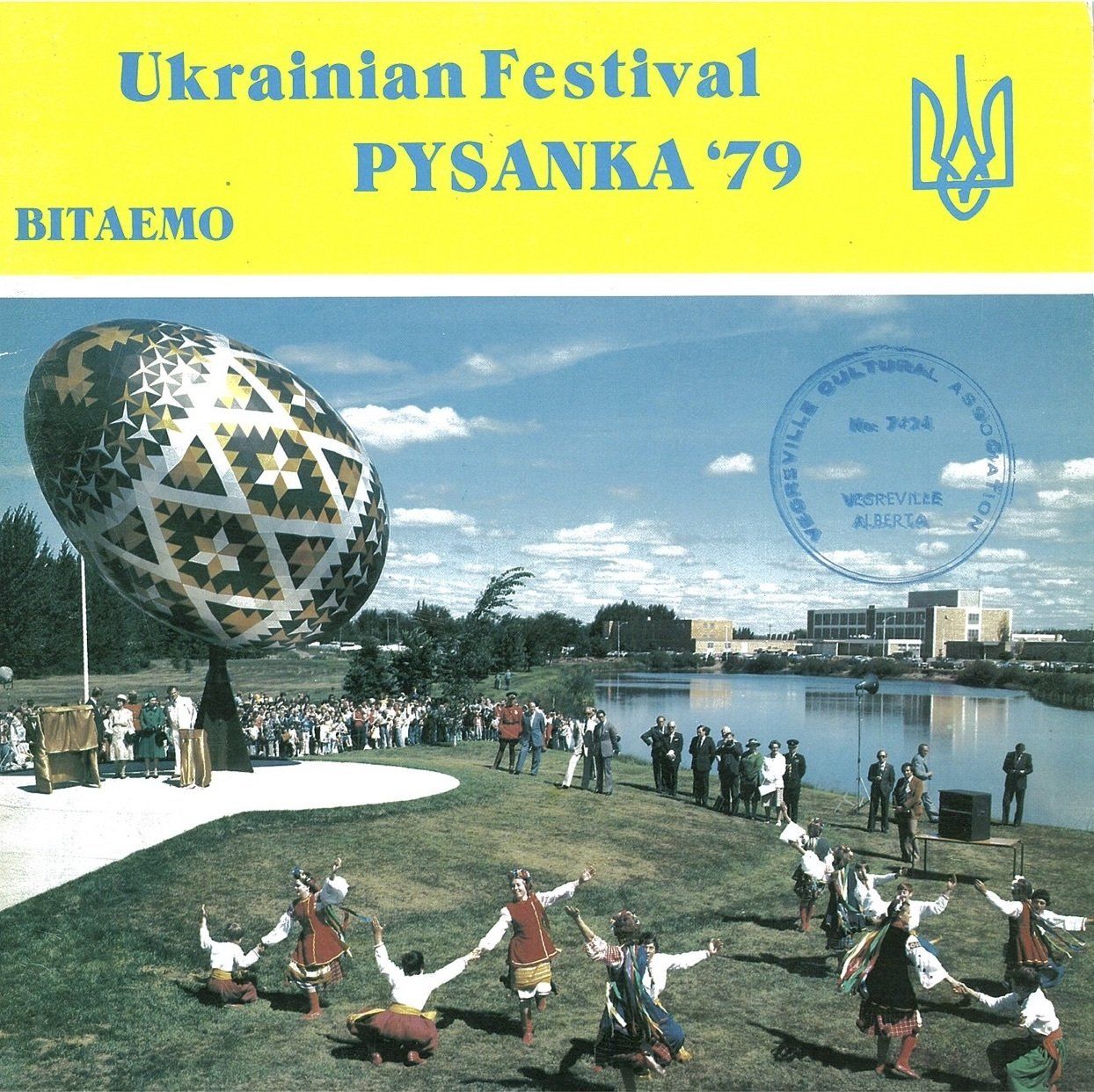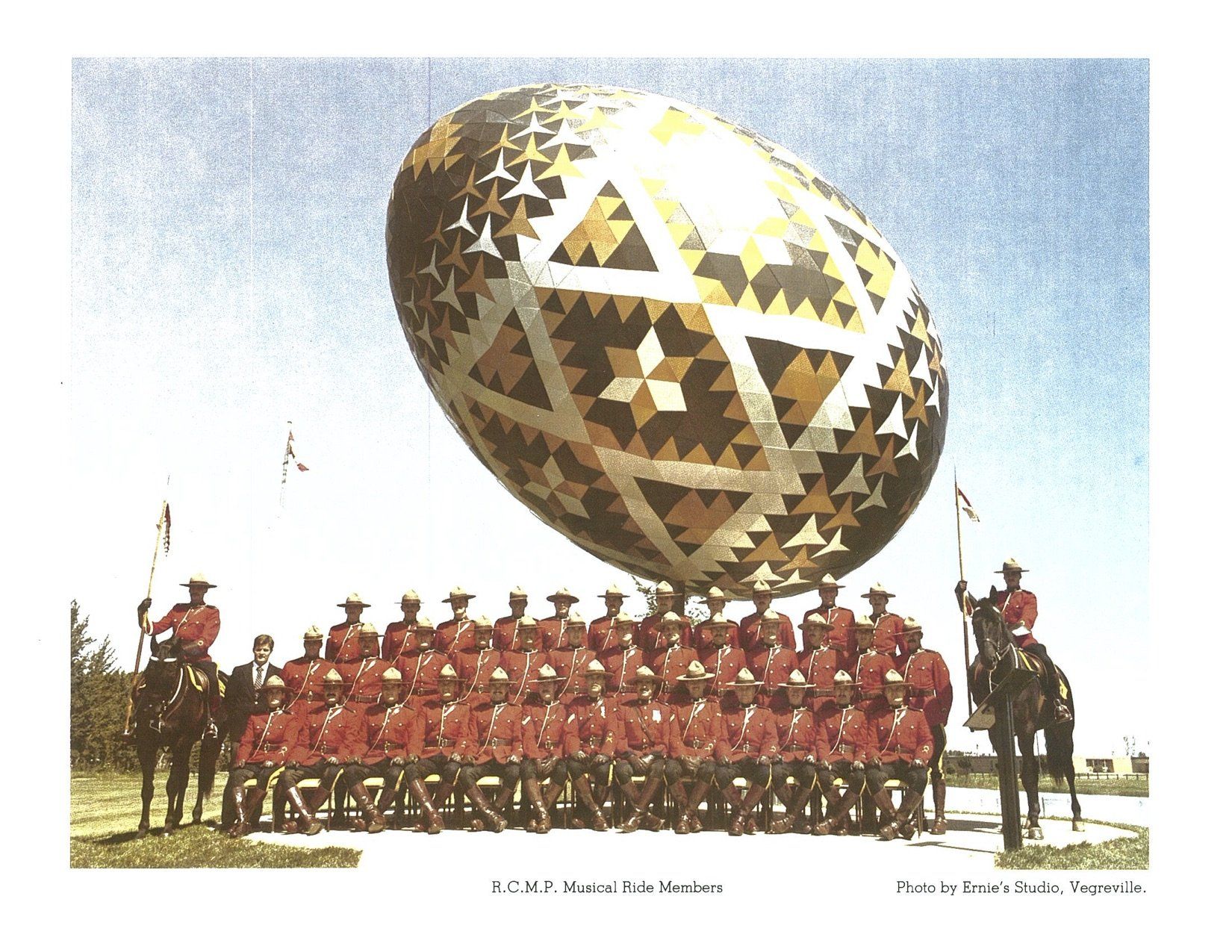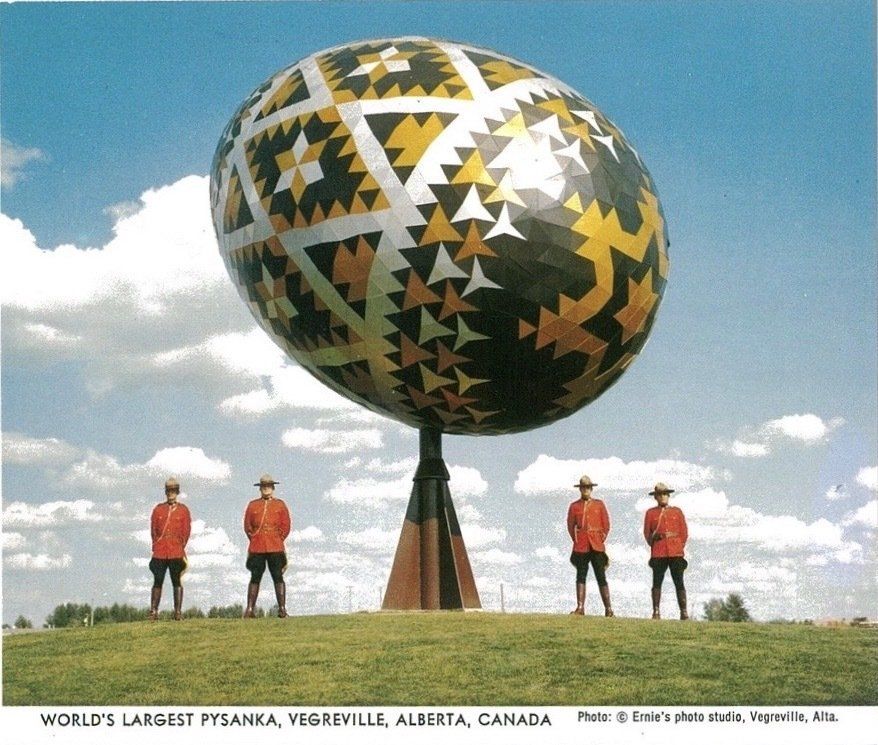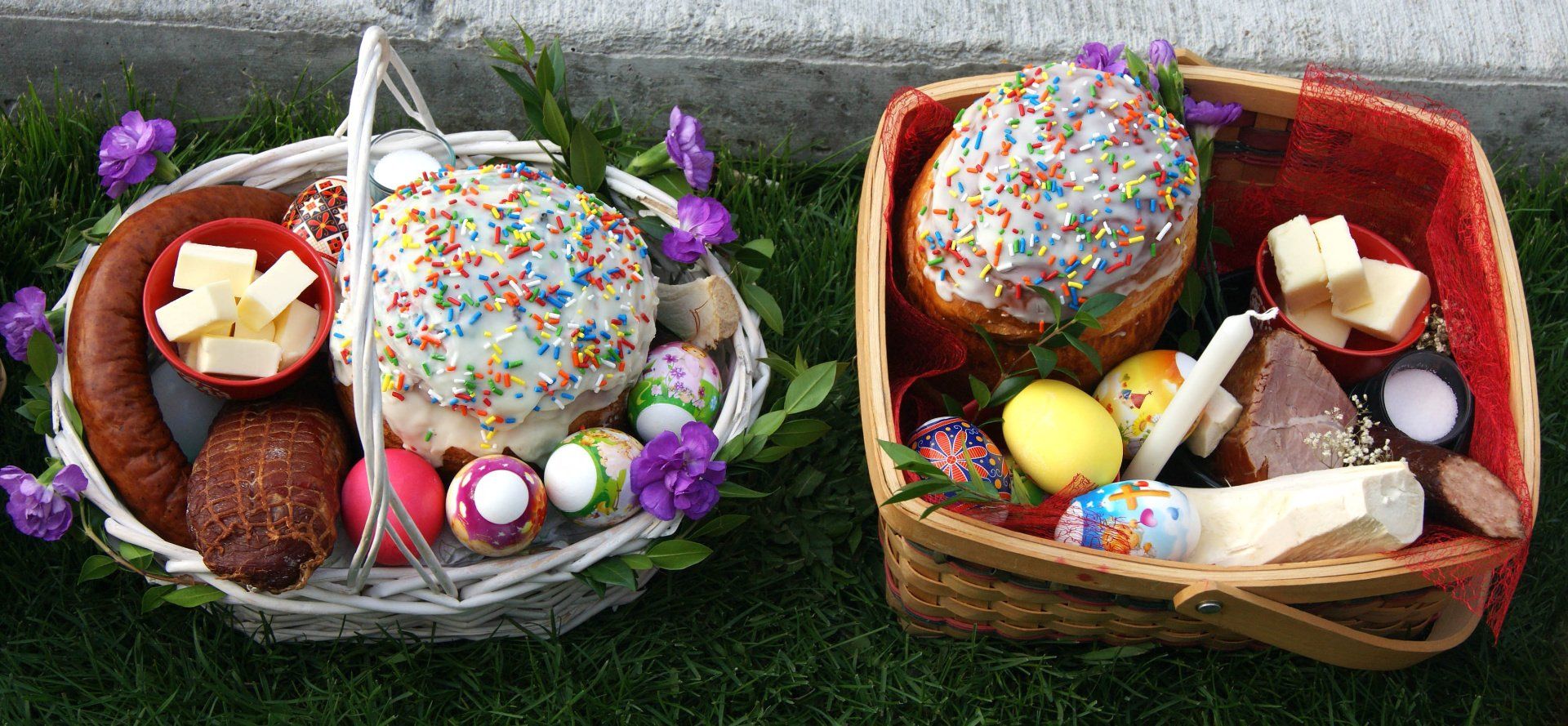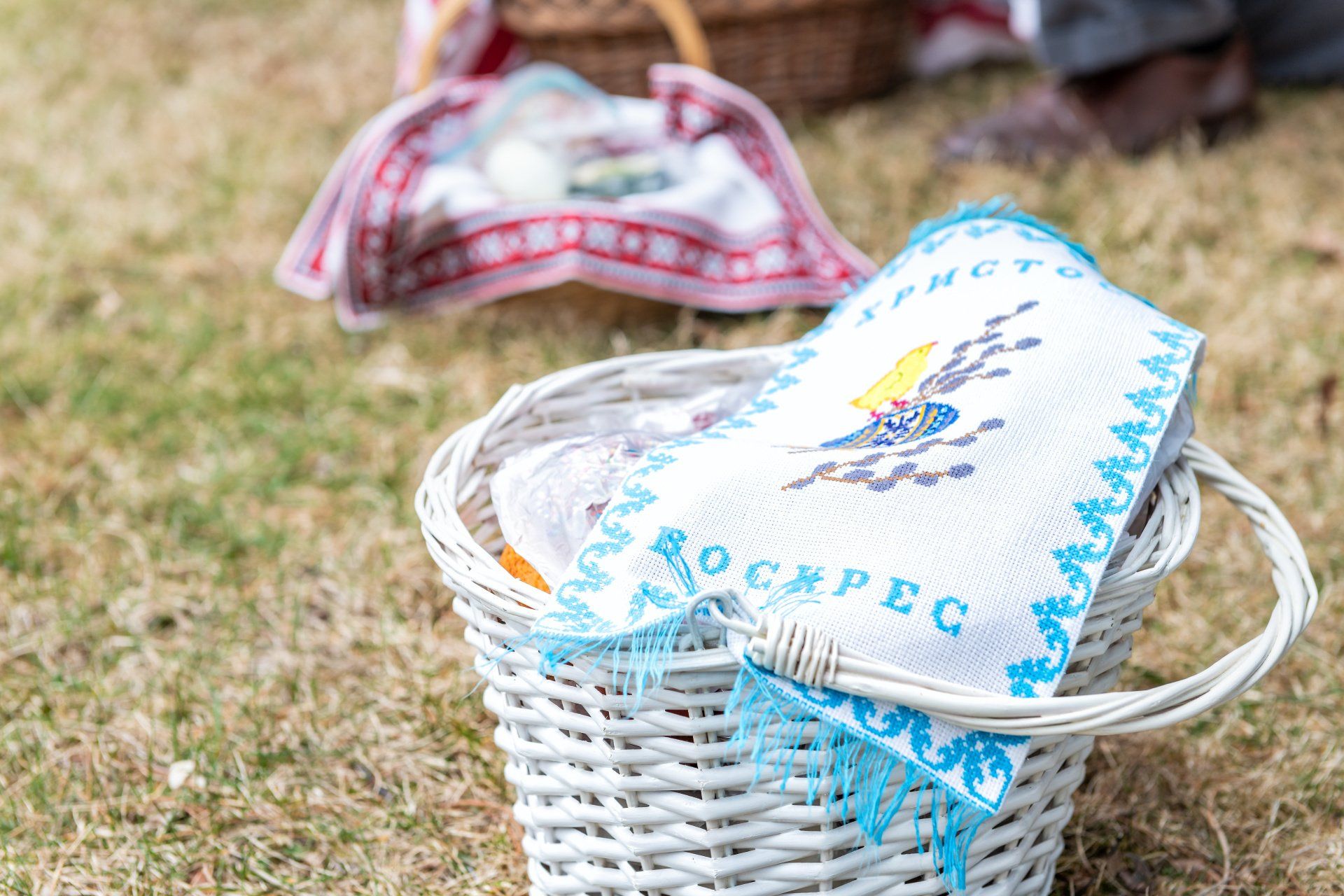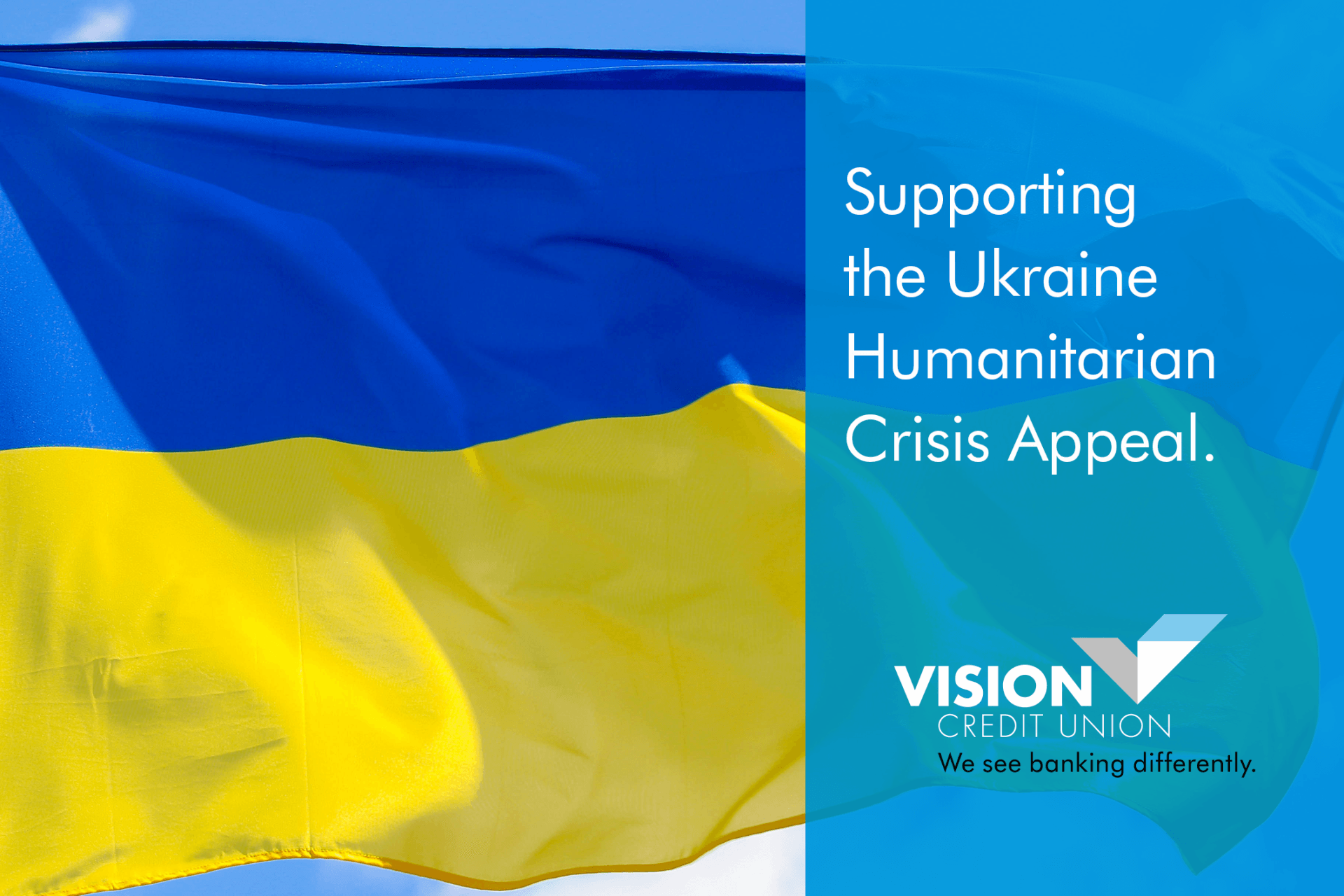Arguably, the most unique of all is Vegreville’s Pysanka. Its story begins in the early 1970s, when the Government of Alberta distributed grants to construct monuments in honour of the Royal Canadian Mounted Police (RCMP) for their centennial celebrations. The Vegreville and District Chamber of Commerce spearheaded the project, proposing the concept of a giant Pysanka to symbolize the peace and security the RCMP brought to the early Vegreville community. It was a perfect solution. They just had to find someone to execute it.
“Giant Pysanka maker” isn’t exactly a common occupation, but the Chamber of Commerce did their research. “They found a computer scientist (Dr. Ron Resch) at the University of Utah who had agreed to take on the design project and see if he could design an egg that would stand the test of time,” says Orest. Resch teamed up with Paul Sembaliuk, an artist of Ukrainian descent from the Vegreville area, to bring the vision to life.
They were the perfect team, marrying art and science to create this marvel of a monument. “It's really an immense jigsaw puzzle,” says Orest. “It contains 524 star patterns and 1108 equilateral triangles. You don't see any of the structure that’s holding it together from the outside — it’s all internal… All of those triangles put together are made of aluminum. And the colours were heated into the aluminum so they wouldn’t fade.”

